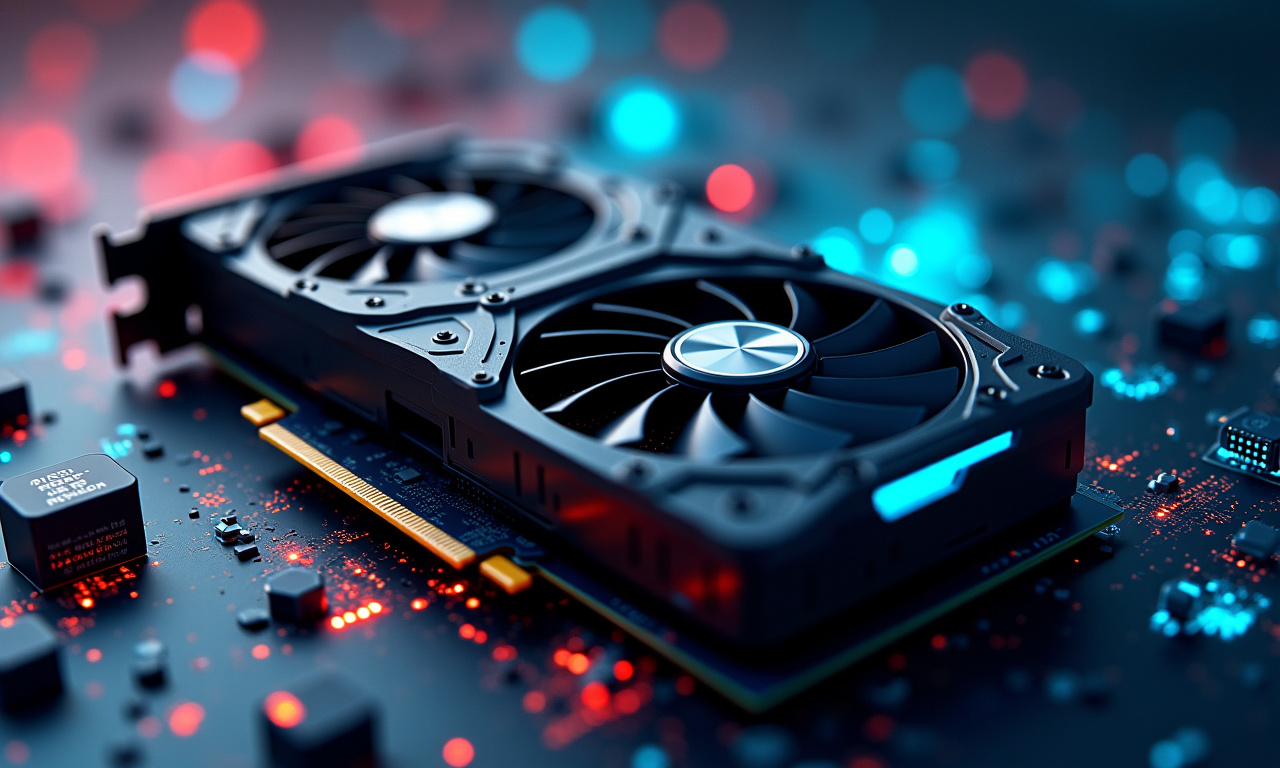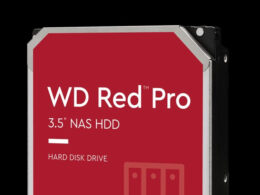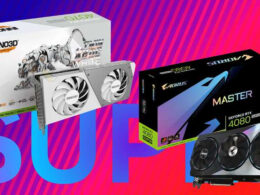Introduction to GPU Sagging
In recent years, the size and weight of modern graphics cards have increased significantly. High-performance GPUs like those used in gaming and professional computing are so heavy that concerns about physical sagging have arisen. This has led to new innovations aimed at solving this long-standing issue.
ASUS and the ROG Matrix Platinum RTX 5090
With the introduction of the ROG Matrix Platinum RTX 5090, ASUS is addressing the issue of GPU sagging head-on. This limited edition graphics card includes a new feature called ‘Level Sense,’ designed specifically to monitor and manage sagging in real-time.
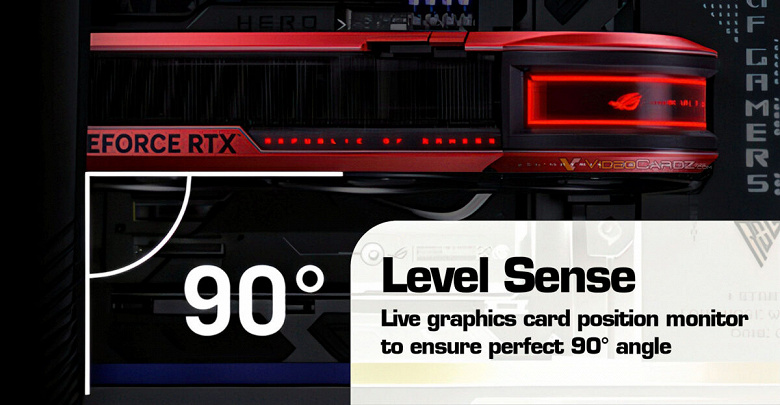
Photo Videocardz
How Level Sense Works
The Level Sense technology allows users to set a threshold for the angle of sag their GPU can experience. Once the sagging exceeds this predefined angle, the system alerts the user through its software. This innovation in hardware monitoring reveals ASUS’s commitment to enhancing the durability and longevity of its products.
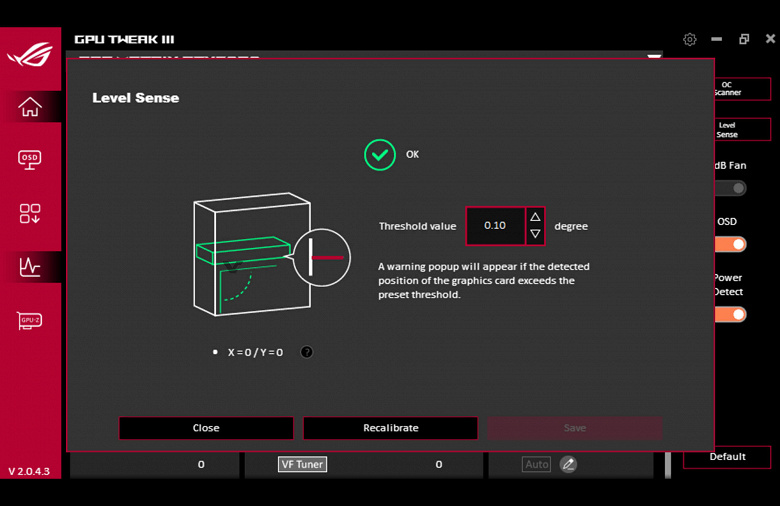
Photo Videocardz
A Historical Perspective
The foundation for this feature was laid with the earlier release of the RTX 50 Astral series, albeit without being highlighted as a standalone function. ASUS’s new approach is likely dependent on advanced sensors like accelerometers, which may restrict this functionality to premium models.
Implications for the Industry
The ROG Matrix Platinum RTX 5090, weighing over 3 kg, exemplifies the growing demand for robust solutions to hardware issues in high-end models. This development could influence future design trends and push competitors to innovate similarly, ensuring better hardware stability and performance for consumers.
Future Prospects
As GPU sizes continue to grow, solutions like ASUS’s Level Sense could become standard in improving product resilience. This technology may become a staple in engineering considerations for next-generation graphics cards.

